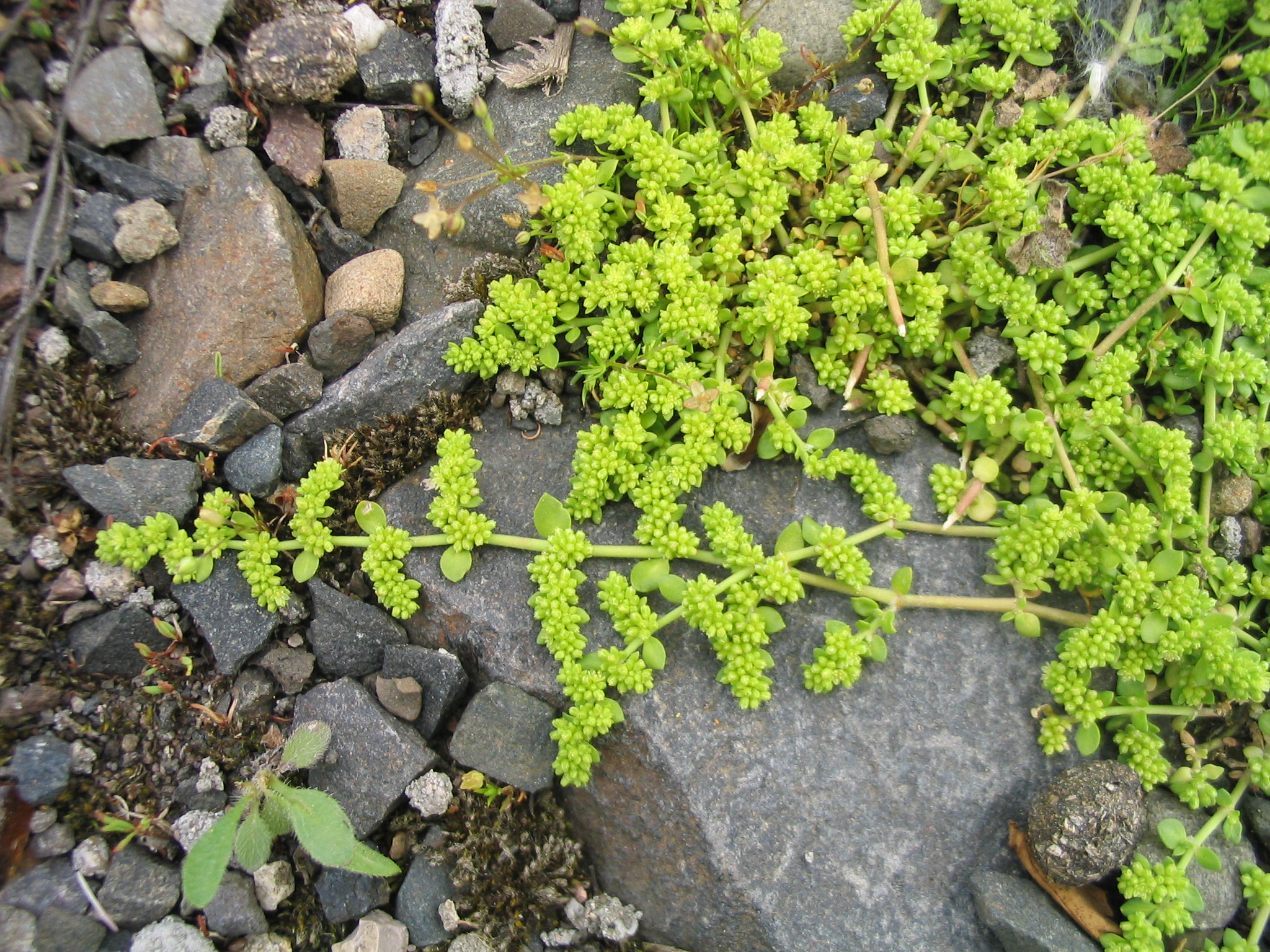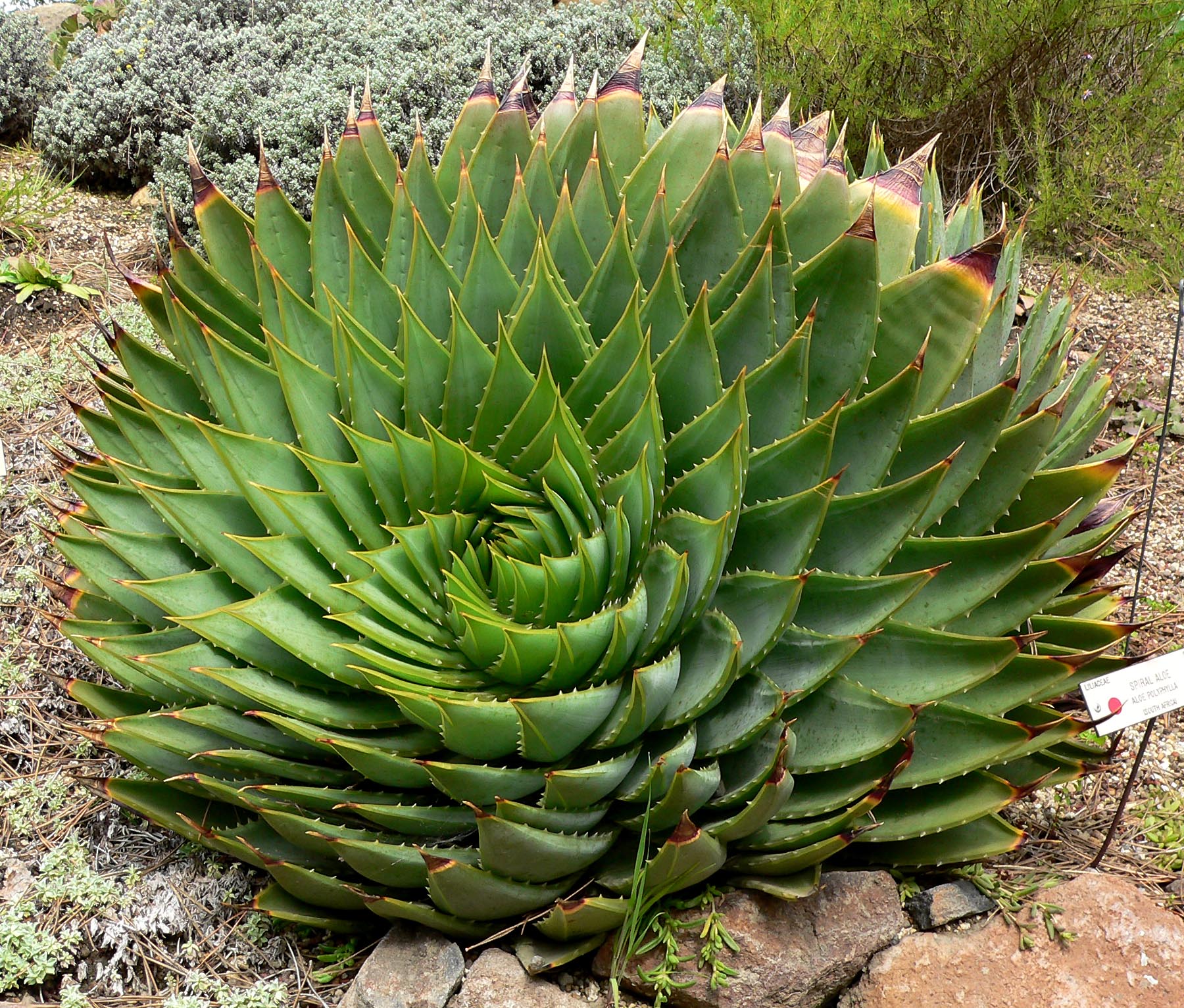|
Eutaxia Cuneata
''Eutaxia cuneata'' is a species of flowering plant in the family Fabaceae and is endemic to the south-west of Western Australia. It is a slender, upright shrub with red and orange pea-like flowers. Description ''Eutaxia cuneata'' is an upright shrub densely branched or occasionally sparsely branched, high and wide with glabrous, greyish brown to red brown stems. The leaves are arranged opposite, decussate, spreading, long, upper surface mid green, glabrous, lower surface smooth with a prominent mid-vein, grey-brown, cuneate, apex blunt or with a hard tip. The flowers are borne singly or in pairs in the leaf axils, bracteoles egg-shaped, reddish-brown, long, wide, smooth, margins and apex with occasional, spreading, straight hairs about long, pedicels straight, sometimes curved under, and long. The flowers are orange-yellow, standard petal is long and wide, wings long, keel long, orange-red, straight, oblong shaped, smooth and the apex pointed. Flowering occu ... [...More Info...] [...Related Items...] OR: [Wikipedia] [Google] [Baidu] |
Fabaceae
The Fabaceae or Leguminosae,International Code of Nomenclature for algae, fungi, and plants. Article 18.5 states: "The following names, of long usage, are treated as validly published: ....Leguminosae (nom. alt.: Fabaceae; type: Faba Mill. Vicia L.; ... When the Papilionaceae are regarded as a family distinct from the remainder of the Leguminosae, the name Papilionaceae is conserved against Leguminosae." English pronunciations are as follows: , and . commonly known as the legume, pea, or bean family, are a large and agriculturally important family of [...More Info...] [...Related Items...] OR: [Wikipedia] [Google] [Baidu] |
Endemism
Endemism is the state of a species being found in a single defined geographic location, such as an island, state, nation, country or other defined zone; organisms that are indigenous to a place are not endemic to it if they are also found elsewhere. For example, the Cape sugarbird is found exclusively in southwestern South Africa and is therefore said to be ''endemic'' to that particular part of the world. An endemic species can be also be referred to as an ''endemism'' or in scientific literature as an ''endemite''. For example ''Cytisus aeolicus'' is an endemite of the Italian flora. ''Adzharia renschi'' was once believed to be an endemite of the Caucasus, but it was later discovered to be a non-indigenous species from South America belonging to a different genus. The extreme opposite of an endemic species is one with a cosmopolitan distribution, having a global or widespread range. A rare alternative term for a species that is endemic is "precinctive", which applies t ... [...More Info...] [...Related Items...] OR: [Wikipedia] [Google] [Baidu] |
Glabrous
Glabrousness (from the Latin '' glaber'' meaning "bald", "hairless", "shaved", "smooth") is the technical term for a lack of hair, down, setae, trichomes or other such covering. A glabrous surface may be a natural characteristic of all or part of a plant or animal, or be due to loss because of a physical condition, such as alopecia universalis in humans, which causes hair to fall out or not regrow. In botany Glabrousness or otherwise, of leaves, stems, and fruit is a feature commonly mentioned in plant keys; in botany and mycology, a ''glabrous'' morphological feature is one that is smooth and may be glossy. It has no bristles or hair-like structures such as trichomes. In anything like the zoological sense, no plants or fungi have hair or wool, although some structures may resemble such materials. The term "glabrous" strictly applies only to features that lack trichomes at all times. When an organ bears trichomes at first, but loses them with age, the term used is ''glabres ... [...More Info...] [...Related Items...] OR: [Wikipedia] [Google] [Baidu] |
Phyllotaxy
In botany, phyllotaxis () or phyllotaxy is the arrangement of leaves on a plant stem. Phyllotactic spirals form a distinctive class of patterns in nature. Leaf arrangement The basic arrangements of leaves on a stem are opposite and alternate (also known as spiral). Leaves may also be whorled if several leaves arise, or appear to arise, from the same level (at the same node) on a stem. With an opposite leaf arrangement, two leaves arise from the stem at the same level (at the same node), on opposite sides of the stem. An opposite leaf pair can be thought of as a whorl of two leaves. With an alternate (spiral) pattern, each leaf arises at a different point (node) on the stem. Distichous phyllotaxis, also called "two-ranked leaf arrangement" is a special case of either opposite or alternate leaf arrangement where the leaves on a stem are arranged in two vertical columns on opposite sides of the stem. Examples include various bulbous plants such as '' Boophone''. It also ... [...More Info...] [...Related Items...] OR: [Wikipedia] [Google] [Baidu] |
Cuneate , a tract from the spinal cord into the brainstem
{{disambiguation ...
Cuneate means "wedge-shaped", and can apply to: * Cuneate leaf, a leaf shape * Cuneate nucleus, a part of the brainstem * Cuneate fasciculus Cuneate means "wedge-shaped", and can apply to: * Cuneate leaf, a leaf shape * Cuneate nucleus, a part of the brainstem * Cuneate fasciculus Cuneate means "wedge-shaped", and can apply to: * Cuneate leaf The following is a list of terms which ... [...More Info...] [...Related Items...] OR: [Wikipedia] [Google] [Baidu] |
Bracteoles
In botany, a bract is a modified or specialized leaf, especially one associated with a reproductive structure such as a flower, inflorescence axis or cone scale. Bracts are usually different from foliage leaves. They may be smaller, larger, or of a different color, shape, or texture. Typically, they also look different from the parts of the flower, such as the petals or sepals. A plant having bracts is referred to as bracteate or bracteolate, while one that lacks them is referred to as ebracteate and ebracteolate, without bracts. Variants Some bracts are brightly-coloured and serve the function of attracting pollinators, either together with the perianth or instead of it. Examples of this type of bract include those of '' Euphorbia pulcherrima'' (poinsettia) and ''Bougainvillea'': both of these have large colourful bracts surrounding much smaller, less colourful flowers. In grasses, each floret (flower) is enclosed in a pair of papery bracts, called the lemma (lower bract) and p ... [...More Info...] [...Related Items...] OR: [Wikipedia] [Google] [Baidu] |
Pedicel (botany)
In botany, a pedicel is a stem that attaches a single flower to the inflorescence. Such inflorescences are described as ''pedicellate''. Description Pedicel refers to a structure connecting a single flower to its inflorescence. In the absence of a pedicel, the flowers are described as sessile. Pedicel is also applied to the stem of the infructescence. The word "pedicel" is derived from the Latin ''pediculus'', meaning "little foot". The stem or branch from the main stem of the inflorescence that holds a group of pedicels is called a peduncle. A pedicel may be associated with a bract or bracts. In cultivation In Halloween types of pumpkin or squash plants, the shape of the pedicel has received particular attention because plant breeders are trying to optimize the size and shape of the pedicel for the best "lid" for a " jack-o'-lantern". Gallery File:Asclepias amplexicaulis.jpg, Long pedicels of clasping milkweed with a single peduncle File:314 Prunus avium.jpg, Cherr ... [...More Info...] [...Related Items...] OR: [Wikipedia] [Google] [Baidu] |
Papilionaceous Flower
Papilionaceous flowers (from Latin: ''papilion'', a butterfly) are flowers with the characteristic irregular and butterfly-like corolla found in many, though not all, plants of the species-rich Faboideae subfamily of legumes. Tournefort suggested that the term ''Flores papilionacei'' originated with Valerius Cordus, who applied it to the flowers of the bean. Structure Corolla The flowers have a bilateral symmetry with the corolla consisting of five petals. A single, large, upper petal is known as the banner (also vexillum or standard petal). The semi-cylindrical base of the banner embraces and compresses two equal and smaller lateral wings (or alae). The wings in turn enclose a pair of small keel petals, that are situated somewhat lower than the wings, but are interior to them. They have concave sides and correspond with the shape of the wings. The two keel petals are fused at their bases or stuck together to form a boat-shaped structure that encloses the essential flower organ ... [...More Info...] [...Related Items...] OR: [Wikipedia] [Google] [Baidu] |
Plantae Preissianae
''Plantae preissianae sive enumeratio plantarum quas in australasia occidentali et meridionali-occidentali annis 1838-1841 collegit Ludovicus Preiss'', more commonly known as ''Plantae preissianae'', is a book written by Johann Georg Christian Lehmann and Ludwig Preiss. Written in Latin, it is composed of two volumes and was first published by Sumptibus Meissneri in Hamburg between 1844 and 1847. The two volumes were published in six separate parts. The books detail the plants collected by Ludwig Preiss, James Drummond, Thomas Livingstone Mitchell and Johann Lhotsky in Western Australia. The books are regarded as one of the earliest and most important contributions to the study of the flora of Western Australia. Priess amassed a collection of over 2,700 species of plants while in Western Australia from 1838 to 1842 when he returned to Germany. As a result of Priess' samples and notes Lehmann and his team of botanists, Stephan Endlicher, Christian Gottfried Daniel Nees von Ese ... [...More Info...] [...Related Items...] OR: [Wikipedia] [Google] [Baidu] |
Binomial Nomenclature
In taxonomy, binomial nomenclature ("two-term naming system"), also called nomenclature ("two-name naming system") or binary nomenclature, is a formal system of naming species of living things by giving each a name composed of two parts, both of which use Latin grammatical forms, although they can be based on words from other languages. Such a name is called a binomial name (which may be shortened to just "binomial"), a binomen, name or a scientific name; more informally it is also historically called a Latin name. The first part of the name – the '' generic name'' – identifies the genus to which the species belongs, whereas the second part – the specific name or specific epithet – distinguishes the species within the genus. For example, modern humans belong to the genus '' Homo'' and within this genus to the species '' Homo sapiens''. '' Tyrannosaurus rex'' is likely the most widely known binomial. The ''formal'' introduction of this system of naming species is ... [...More Info...] [...Related Items...] OR: [Wikipedia] [Google] [Baidu] |
Cheyne Beach
Cheyne is both a surname of Scottish origin which means "oak tree", and a given name. Notable people with the name include: Surname: *Bob Cheyne * Rob Cheyne * John Cheyne (speaker) Speaker of the House of Commons (14th century) *John Cheyne, Baron Cheyne (–1499), English courtier and hostage after the Treaty of Picquigny (1475) * John Cheyne (physician) (1777–1836), British physician, surgeon and author *George Cheyne (physician) (1671–1743), physician and medical writer *Sir Reginald Cheyne, (fl. 13thc.), Lord Chamberlain of Scotland * Thomas Cheney (Cheyne) (–1558), Lord Warden of the Cinque Ports * Thomas Kelly Cheyne (1841–1915), English divine and Biblical critic *Sir William Cheyne, 1st Baronet (1852–1932), British surgeon and bacteriologist who pioneered the use of antiseptical surgical methods in the United Kingdom *John Cheyne (1905), British lawyer, see Bannatyne v Overtoun * Alec Cheyne (1907–1983), Scottish footballer (Aberdeen, Chelsea, Nîmes, Colchester ... [...More Info...] [...Related Items...] OR: [Wikipedia] [Google] [Baidu] |

.jpg)



